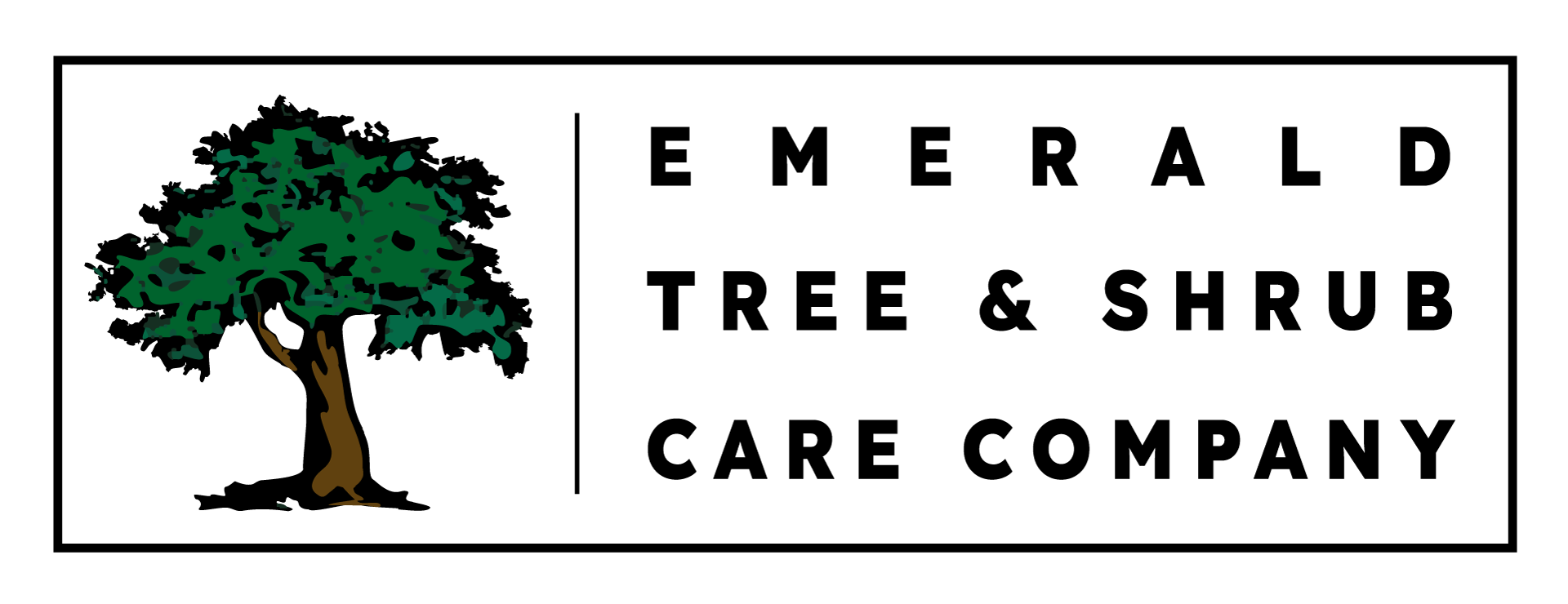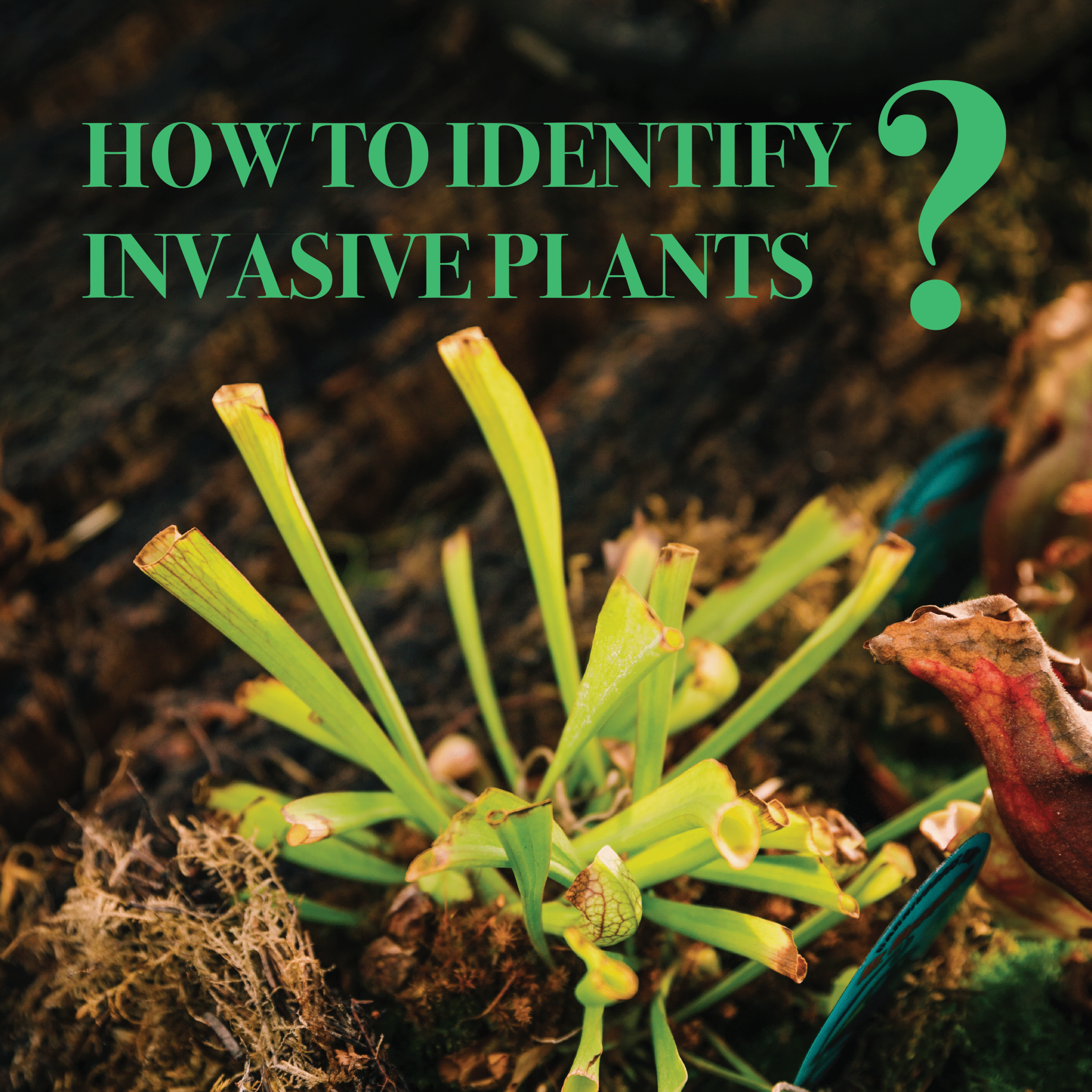Invasive plants might look beautiful, but they can be harmful to your garden, local trees, and even entire ecosystems. If you’re wondering whether that fast-growing vine or pretty flower is actually a problem, you’re in the right place.
In this guide, we’ll explain what invasive plants are, why they’re a concern, and—most importantly—how to identify them.
What Are Invasive Plants?
Invasive plants are non-native species that spread quickly and aggressively. They often outcompete native plants for sunlight, water, and nutrients. This can lead to fewer local species, changes in soil quality, and even harm to wildlife that depends on native vegetation.
These plants don’t just grow—they take over.
Common Traits of Invasive Plants:
- Fast-growing and quick to spread
- Thrive in many conditions
- Difficult to remove completely
- Often introduced accidentally (or on purpose!) from other countries
Why Invasive Plants Are a Problem
Invasive species hurt more than just your backyard. They can:
- Choke out native plants and flowers
- Make it harder for bees, butterflies, and birds to find food
- Disrupt the balance of forests and wetlands
- Increase the risk of wildfires or soil erosion
For homeowners, invasive plants can make your yard harder to manage and reduce property value by damaging trees, gardens, or fencing.
How to Spot an Invasive Plant
Identifying invasive plants is easier when you know what to look for. Here are some tips and red flags:
1. Check Growth Patterns
Invasive plants often grow fast and spread far. If you notice a plant taking over flower beds, climbing fences, or spreading into areas where you didn’t plant it—this could be a sign.
Warning signs:
- Creeping vines that grow several feet per week
- Plants that pop up in multiple areas without being planted
- Thick patches of greenery with no room for other species
2. Look at the Leaves and Flowers
Many invasive plants have unique leaf shapes or flower patterns. Some also release chemicals into the soil to stop other plants from growing nearby (this is called “allelopathy”).
Examples:
- Japanese Knotweed – heart-shaped leaves and bamboo-like stalks
- Purple Loosestrife – tall spikes with bright purple flowers
- Garlic Mustard – clusters of small white flowers and a garlicky smell when crushed
3. Notice What Wildlife Avoids
Native bees, butterflies, and birds often skip invasive plants because they don’t offer the food or shelter they need. If a plant is untouched by insects, even in bloom, it might not belong.
4. Research What’s Common in Your Area
Some invasive species are more common in specific regions. In New York and Connecticut, for example, some top offenders include:
- Oriental Bittersweet
- Mile-a-Minute Weed
- Japanese Barberry
- Tree of Heaven
- Multiflora Rose
Check local environmental or agricultural websites for invasive plant lists in your area.
Simple Tools You Can Use For Invasive Plants
You don’t have to be a plant expert to identify invasives. Here are a few free tools that help:
- iNaturalist app – Snap a photo, and the app helps you identify the species.
- EDDMapS.org – A national database of invasive species with maps.
- Local Cooperative Extension Offices – They often have free guides or can confirm plant ID with a photo.
How to Confirm It’s Invasive
If you suspect a plant is invasive, do the following:
- Take clear photos of leaves, stems, and flowers.
- Look up the plant in an online database or plant ID app.
- Cross-check with your state’s invasive species list.
- Ask a certified arborist, gardener, or local extension agent if you’re unsure.
What to Do If You Find One
Found an invasive plant? Don’t panic—but do act.
Steps to Remove It:
- Pull It Out by the Roots – Especially before it flowers or sets seeds.
- Use Landscape Fabric or Mulch – To prevent regrowth.
- Dispose of Properly – Don’t compost! Bag it and throw it away, or follow local disposal guidelines.
- Monitor the Area – Keep an eye out for regrowth for several months.
Note: Some invasives like Japanese Knotweed or Tree of Heaven are very hard to remove and may need professional help.
Preventing Future Spread
The best way to deal with invasive plants is to stop them before they spread.
Tips:
- Don’t plant known invasives, even if they look pretty or are sold at stores.
- Use native plants in your landscaping—pollinators love them, and they’re low maintenance!
- Wash your shoes, tools, or bike tires after walking through nature areas.
- Keep an eye on new growth in your garden or yard.
Native Alternatives You Can Plant
Here are some beautiful, low-maintenance native plants that are safe and helpful to local wildlife:
| Invasive Plant | Native Alternative |
|---|---|
| Japanese Barberry | Winterberry Holly |
| Purple Loosestrife | Blue Flag Iris |
| English Ivy | Virginia Creeper |
| Butterfly Bush | New England Aster |
| Bradford Pear Tree | Serviceberry Tree |
Final Thoughts
Invasive plants might not seem dangerous at first—but over time, they can harm your landscape, your trees, and the environment around you. Learning how to spot them is the first step in protecting your property and helping your local ecosystem thrive.
If you’re ever unsure, contact a Certified Arborist or local expert for help. And remember: the best gardens are ones that work with nature, not against it.
Need help identifying or removing invasive plants?
Emerald Tree & Shrub Care is here to help!
(914) 725-0441 | 🌐 emeraldtreecare.com
#InvasivePlants #TreeCareTips #GardenHealth #NativePlants #WestchesterNY #FairfieldCT #PlantWisely

